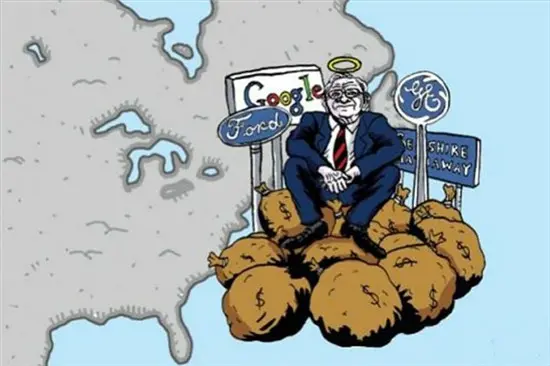The US treasury department released the long-waited “Kremlin report” on Jan. 29, a declassified list of 210 prominent Russian business people and political figures that are supposed to be closely linked to the Russian top authorities. Such action from the executive branch of the US government was stipulated by the Countering America’s Adversaries through Sanctions Act (the “CAATS Act”) passed in August 2017 by US Congress, partially aiming for further expanding sanctions against Russia for, not only its action in Crimea, but also its interference in the recent US presidential elections.
Russian President Vladimir Putin and US President Donald Trump talking during the family photo session at the APEC meetings in Danang, Vietnam, Nov. 11, 2017.
One can never create a perfect list of this kind as it is rather difficult to identify the connection between business’ and politicians’ relations with the top political authorities or with a specific policy decision. However, in no sense can we deny the fact the report appears to have been done in haste and insufficiently vetted. The US Treasury already openly acknowledged that the “oligarchs list” part of the report is a carbon copy of Forbes list of Russian billionaires. Similarly, the politician list also covers pretty much the whole presidential administration and the cabinet. There are so many very dubious, questionable choices on the list, making it seem as if anyone who has rose to the top echelon of the Russian elite during Putin’s rule is automatically included in the list.
It is the sloppiness of the list that quickly turned over the rhythm of the whole drama. Before the list was announced, there was serious nervousness and uneasiness among part of Russian elites, especially certain Russian businessmen, about the consequences of being included in this new list. However, once the declassified version of the list was made public, the mood was very quickly turned into ridicules. Being on the list is taken by some Russian politicians as a “recognition of achievements” or a “status symbol”, while those who are not on the list started “lamenting” that they didn’t make the cut into the “who is who” of Russian elites.
The real cause for the sloppy elements of the report is hard to identify for now. It could be indeed the result of the unprofessionalism now prevalent in some of the US federal government agencies: The list may have been cobbled together by some interns in a few hours. However, it could also have meant to be tacit protest or even retaliation against Congress by a certain US professional community or a sign of fatigue of this community from uncertain demands to punish Russia with an unclear ultimate goal. Thus, these people may have intentionally overplayed the policy instrument by producing this sloppy work and slapping the face of Congress: “You want to punish the Russians? See, here are all the names you want!”
Meanwhile, one has to acknowledge that we’ve only seen the unclassified version of the list and the Treasury also made it clear the unclassified list is not a list of sanctions. Therefore, the list only has defined the potential candidates for sanctions, in which the US government later will be able to pick and choose the real targets of the next round of sanctions.
In addition to the question of who will be on the more important classified “black” list, what one should pay more attention to is the CAATS Act mandates in terms of specific measures of future sanctions. The bill lays out twelve potential measures and the Trump Administration is required to pick at least five to implement.
These measures are of varying intensity and those with potentially most significant consequences are measures such as “set 10 million US dollar loan limit from US financial institutions to sanctioned entities” and “prohibits all banking transfers involving interests of sanctioned entities under US jurisdiction”, etc. These measures, if taken, will have serious ramifications not only for Russian-US relations, but even for third party entities beyond US and Russia.
US embassy in Moscow, Russia.
For example, one major firm from a third country recently approached me for information on privatization of major Russian state corporations. One of the firm’s major concerns is indeed the possibility of its US affiliates falling under recent American sanctions against Russia if it further pursues the privatization deal.
For better or for worse, Russia is and will remain a toxic topic in American politics for quite some time. As long as the Russia hysteria still generates eyeballs, clicks, and even commercial revenues, more lists like the “Kremlin report” will be released in Washington, DC. The report also reveals the internal tensions and contradictions within the current American political system as much as the nature of current US-Russia relations: sloppy, confrontational, full of uncertainty, always open for all sorts of ridicules.
(CGTN)
 简体中文
简体中文

